Researchers refer to a number of different types of fish as “Knifefish.” You can find several different families of fish by this name in the taxonomic order Gymnotiformes.
Additionally, several other unrelated species go by the same name. However, for our purposes this article will focus on the popular aquarium pet, the ghost Knifefish. Read on to learn about the Knifefish.
Description of the Knifefish
Researchers recognize a large number of different species, and each is slightly different from the next. However, they all share a similarly odd body shape. Their bodies have an elongated and somewhat eel-like shape. Like eels, their dorsal and tail fins also form one ribbon-like structure.
Unlike eels, their body shape isn’t uniformly tapered. They have a rather knife-like shape, with the tail tapering to a point and the midsection or abdomen flaring outward drastically. While the popular aquarium varieties measure about six or seven inches, some species reach up to two feet in length.
Interesting Facts About the Knifefish
With such a wide variety of these odd fish, you can find many interesting traits, adaptations, and shapes. Learn more about some specific species, below.
- Black Ghost Knifefish – This species is one of the more popular with home aquariums. As their name suggests, this species look somewhat like a black ghost. Their entire body is black in color, with several bands of white on their tails. The undulating motion of their fins enhance this effect.
- Tamandua Knifefish – This species lives in the Amazon river and its tributaries. It has light pink or white colored skin and an abnormally long rostrum, or snout. That snout is how it got its name, as it resembles the mouth of the tamandua anteater.
- Sternarchorhynchus – Researchers recognize 32 species in this odd genus. Members of this group feature an abnormally extended and downturned rostrum. It gives them an appearance similar to that of an elephant’s trunk. Many species face severe habitat destruction.
Habitat of the Knifefish
Though habitat choice depends on the species at hand, many in this group have similar preferences. They often utilize fast-moving waters, like creeks and streams.
Many species also prefer deeper waters with little light penetration. Those that live in deep rivers live below 16 ft. or more. You can often find them near the bottom of the river or stream that they occupy.
Distribution of the Knifefish
You can find the various species throughout freshwater habitats in Central and South America. While some species live across larger ranges, most live only in a small region.
Each species has its own unique range, and the populations of some species occasionally overlap with other species. The majority of these fish live within the Amazon River Basin.
Diet of the Knifefish
Diet changes based on the size of the fish and where they live. The vast majority of species have carnivorous feeding habits, though they typically prey on invertebrates. However, at least one species is herbivorous and eats sponges.
Some examples of typical prey for most species include small fish, fish eggs, shrimp, zooplankton, insects, insect larvae, small crustaceans, and more.
Knifefish and Human Interaction
Human activity threatens each species differently. Some have healthy population levels and do not face the same level of decline as other species. In threatened species, such as the Chitala chitala, also known as the Indian Featherback Knifefish, habitat destruction and degradation pose the greatest danger.
Climate change also impacts their invertebrate prey species, and thus impacts them. For many species, researchers simply do not have enough data to properly designate a threat level.
Domestication
Humans have not domesticated these fish in any way.
Does the Knifefish Make a Good Pet
Some species do make good pets. However, you should never purchase a wild-caught pet. When people purchase wild-caught animals it can spread disease to their other fish, or deplete wild populations.
Knifefish Care
The most popular pet species is the Black Ghost. You can commonly find this species in home aquariums. They need tanks of at least 100 gallons, as adults can reach lengths of about 20 in. or so.
Though they easily live in tanks with other peaceful fish species, they are not social, and you should not keep them with other Black Ghosts. You should feed frozen brine shrimp or bloodworms, though some eventually eat standard fish food.
Behavior of the Knifefish
Each species has its own unique behavior. However, many within this group live nocturnal lives. This means that they hide during the day and hunt for food at night.
All species have poor eyesight, but they use a unique electromagnetic field to “see” the electrical fields of the creatures around them. Because of this, they can live in dark, deep waters and still hunt effectively.
Reproduction of the Knifefish
Each species has its own unique reproductive rates. In fact, for many species, researchers know little to nothing about their breeding habits. Different species have different courtship rituals, egg production, and hatching time. It also takes varying amounts of time for the young to reach sexual maturity.
Beliefs, Superstitions, and Phobias About the Knifefish
Some native Amazonian tribes believe that, when a family member passes away, their spirit goes to live in the body of the Black Ghost fish.

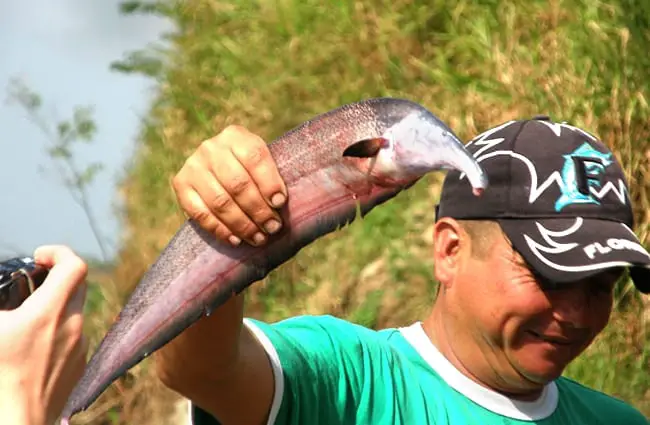
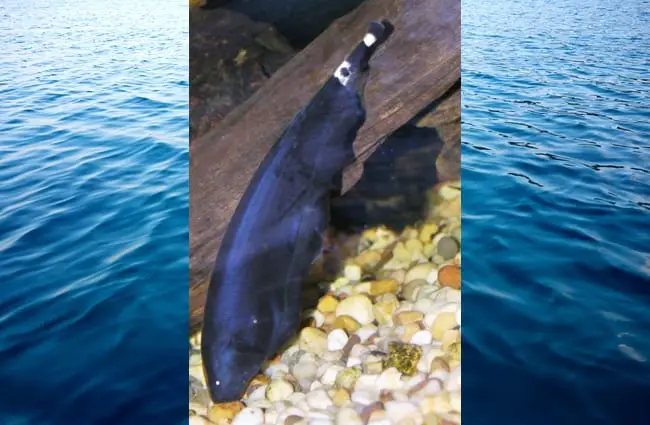

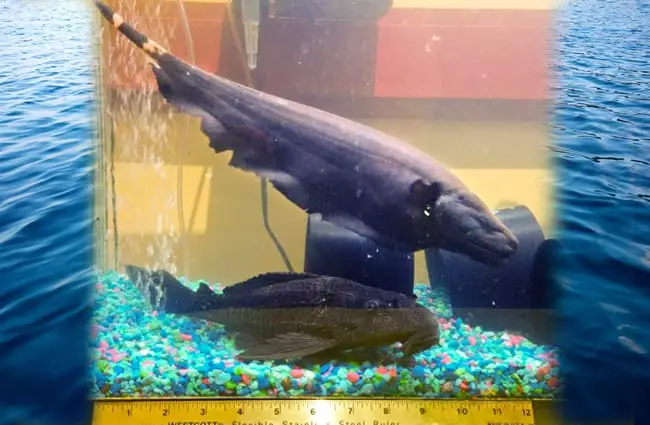
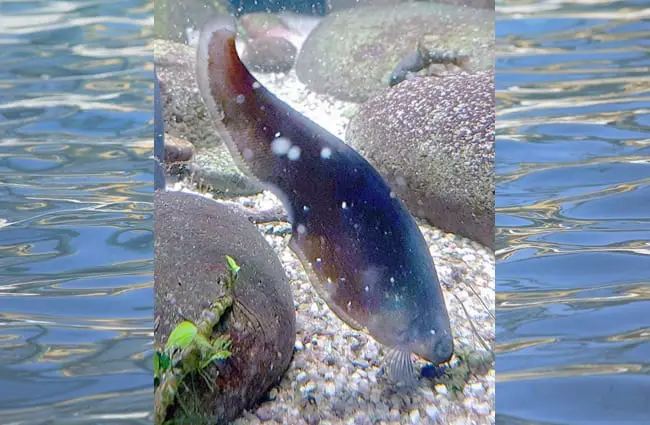
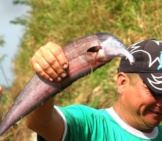




![Red Angus Closeup of a beautiful Red Angus cowPhoto by: U.S. Department of Agriculture [pubic domain]https://creativecommons.org/licenses/by/2.0/](https://animals.net/wp-content/uploads/2020/03/Red-Angus-4-238x178.jpg)

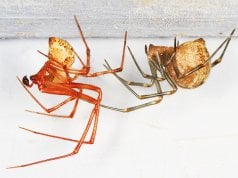










![Red Angus Closeup of a beautiful Red Angus cowPhoto by: U.S. Department of Agriculture [pubic domain]https://creativecommons.org/licenses/by/2.0/](https://animals.net/wp-content/uploads/2020/03/Red-Angus-4-100x75.jpg)

